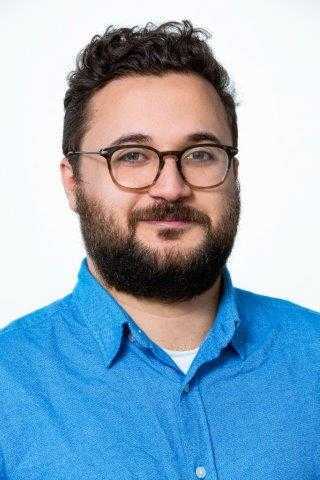Connecting Third-Party Users to Public Transport Infrastructures: The Near and Necessary Future
As part of the ITRL Breakfast Seminars series, Ibrahim Diab, private transportation consultant & former post-doctoral researcher from TU Delft & AMS Institute presented his work on connecting third-party users to electric transport grids and managing their spare capacity among all users.
Electric public transport grids are oversized and underutilized by design. In contrast to this spare capacity luxury, electricity grids are suffering from serious congestion that threatens the rolling-out of electrical sustainable solutions such as electric cars and heat pumps. Therefore, a growing research momentum is looking at connecting third-party users to electric transport grids and managing this spare capacity among all users. Interestingly, it is already clear, as summarized in this presentation, that this multi-functional, multi-stakeholder public transport infrastructure is not only an opportunity but rather a crucial requirement for the sustainability and efficiency of the transport grid itself.
Link to video: play.kth.se/

About the speaker: Ibrahim Diab received his PhD in Electrical Engineering from the Technical University of Delft in 2023 from the Electrical Sustainable Energy department. His dissertation was focused on rethinking trolleybus infrastructures as flexible backbones to the city grid with the Dutch trolley grid of Arnhem as a case study. From late 2022 to March 2024 he worked jointly as a Postdoc at the same department and as a Research Fellow at the AMS Institute in Amsterdam on a project integrating electric bus chargers and energy storage systems into the metro grid of Amsterdam. Since January 2024 he has been a private consultant on Sustainable Transport Systems, working on several European projects related to public transport infrastructure strategy, circularity and sustainability, and energy hubs.

